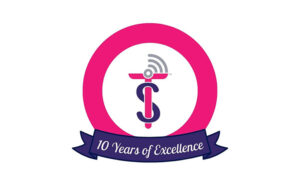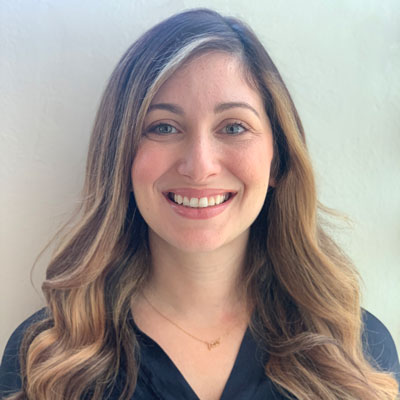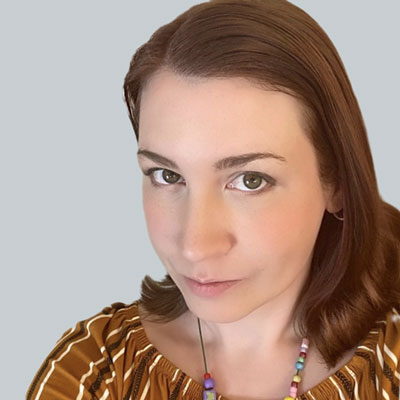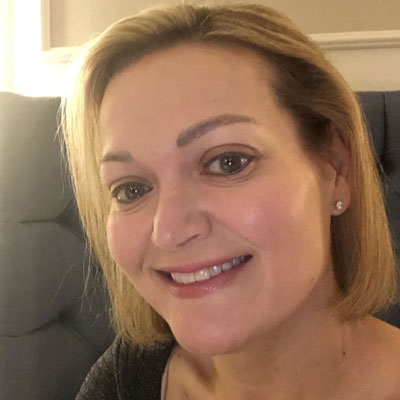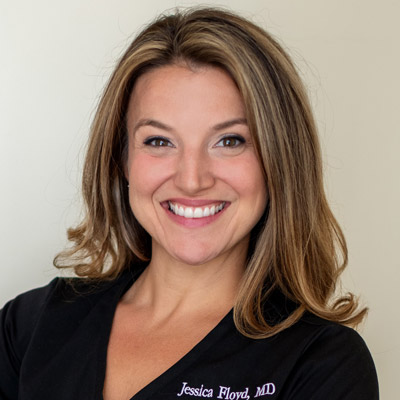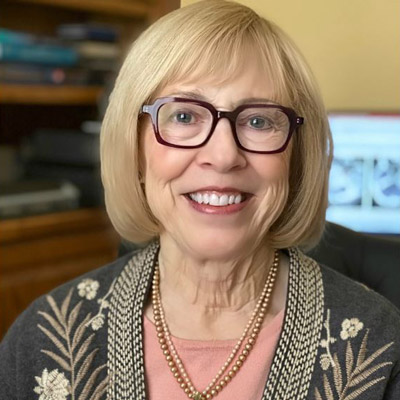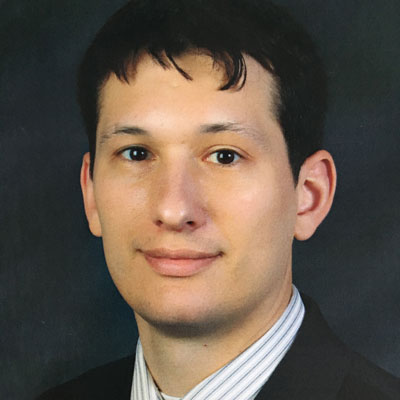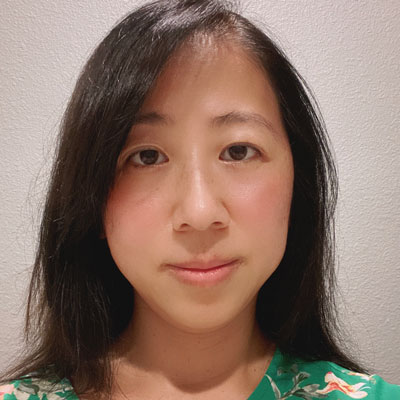TeleSpecialists EMS Informational Video
Dr. Vahid Behravan: Hello, I’m Dr. Vahid Behravan. I’m a neurologist with TeleSpecialists and today I’m joined by two of my amazing colleagues, Dr. Teresa Sevilis and Dr. Jessica Floyd. Dr. Floyd is a neurologist and fellowship trained in clinical neurophysiology. And Dr. Sevilis is a neurologist and fellowship trained in vascular neurology. They both have extensive experience in TeleNeurology and acute neurological care. We all know that Emergency Medical Services is an integral and crucial part of acute stroke care. In this video, we will have a quick overview of how to spot stroke symptoms in the community. A brief discussion on stroke treatment and a very important role that EMS has in detection and management of acute stroke. I will start with Dr. Floyd. In addition to the emergent care EMS provides to potential stroke patients, what kind of important information can EMS person on gather when they can get patient with suspected stroke the to the hospital. Dr. Jessica Floyd So this is a very important discussion. The number one point here for EMS crews to know is that stroke is treatable. Even in the setting of a pandemic stroke is treatable. The EMS crews are critical to identifying patients with signs of stroke and obtaining key information from the field that begins the process of acute stroke treatment. Without those key pieces of information, we are not able to move forward with treatments that are life and brain saving. So, after you identify someone as that person is showing signs of stroke, time is key. And yes, we want you to get them to the hospital fast, but time is possibly one of the most crucial pieces of information that we need to obtain so that we can further make decisions on what type of therapy this person can receive when they get to the hospital. This time that we specifically need you as EMS to obtain is not the time the person was found with the study. But the time the person was last known to be normal. So, for example, if a patient woke up and fell out of bed due to left leg weakness, the time the person was last known normal is not the time that the person woke up that morning. We need you to ask further. What time did that person go to bed? Did they have the weakness in the leg when they went to bed, if not, and they slept all night, then the time they went to bed is the time that they were last seen normal, and that’s the time that we need to know. Another example that we often see is a family member goes to see a loved one and when they arrive to the person’s house, they find the person altered slurred speech, facial droop, some sign of stroke, and the family member immediately calls EMS, which is great. They called in 10 minutes, but the person was not last known to be normal 10 minutes ago, they were found 10 minutes ago. We need you to ask further. When did we last see this person normal functioning, talking walking clearly? That is key for us to be able to make those quick decisions get that information when you get the person to the hospital, and we can begin our treatment process. Keep in mind that stroke therapies can be offered to certain patients up to 24 hours after their onset of stroke symptoms that time they were last known to be normal. So, we need you to keep awareness out and alert for patients with stroke symptoms, even up to 24 hours from the last time they were seen normal and get them to the hospital. But that crucial piece of information of when they were last seen normal, not when they were found is something that helps us considerably other pieces of information that can be helpful. And this can actually be tricky, especially in this current climate when family members are not allowed in the hospital and a lot of settings involve the medical history. If this is something that’s not readily available, or if the patient can’t speak for themselves, we encourage you to get at least one or two family member or witness phone numbers that we can call when you get them to the hospital so we can continue to ask these kind of medical questions and get the patient on the right treatment protocol that they that they can receive safely. Write the numbers down, confirm and then tell the people that are there in the field to expect a phone call from the hospital or from the neurologist within a within a few minutes. other pieces of information that are helpful surgeries has this person had a stroke or a heart attack within the last three months? Have they ever had a bleeding problem or a hemorrhagic stroke? Have they had a recent hit to the head or have they been an accident? These key pieces of information starting with identifying when this person was last known to be normal can help us provide the appropriate care as fast as possible. Dr. Vahid Behravan Dr. Floyd just mentioned quick response, Dr Sevilis, in caring for a suspected stroke patient, why does time matter anyway? Dr. Theresa Sevilis Well, there’s a few reasons why time really is very important for us. One being that we lose 1.9 million neurons a minute when you’re having a stroke. So, the time component matters a lot and actually the outcome of the patient’s stroke, if the sooner they’re able to get in, the sooner they’re able to get treated, the more likely they are to have a better outcome. And this has been shown in multiple studies that those who are treated with tPA earlier or with a mechanical intervention, a clot retrieval device, they have better outcomes, the sooner we’re able to get to that. And the other component of that is even being able to treat them, you know, these treatments do have time limits. While we have been recently able to expand that window out to 24 hours where we could potentially treat somebody that getting them there within that time frame and knowing they’re within that time frame, as Dr. Floyd was just mentioning, actually being able to identify that time and that we can treat them is very important. There is currently no therapy to reverse a stroke. Once the stroke has happened, it’s happened. We have no way of regenerating those neurons. So, getting somebody in to get one of these potentially life or disability saving treatments is the only option that we have right now. Dr. Vahid Behravan So, one of these treatments would be the IV tPA, can you briefly explain the tPA criteria that we use, which is a very important part of the acute stroke treatments. Dr. Theresa Sevilis So the IV tPA is approved for most patients in a four and a half hour window. We do have some more recent data, being able to extend even beyond that window and some facilities that have MRI capabilities. But the standard window which is more what I’m going to talk about right now is that four and a half hour which is kind of the standard of care that people are able to do across the board. That time window, you need to have a disabling neurologic deficit. In the past there was thought to be an age cutoff, but there isn’t any age does not matter, you can still be treated. No history of bleeding in the brain or other major bleeding issues, and then not being on a blood thinner so and also not having had a recent surgery or a recent stroke. There are multiple other reasons why you may not be able to have treatment, but these are kind of the main things that we’re looking for. And that would be really helpful for EMS partners to find out from family as opposed to getting into the nitty gritty details. Those are some things that we can’t expect everybody to be able to have the time to do because you’re trying to get these patients into us as quickly as possible. Dr. Vahid Behravan The decision whether to give tPA or not, is made into hospital. What about the steps before getting to the hospital? There are scales such as FAST and BE FAST and they’re used for detection of a stroke symptoms in the community. Dr. Floyd, can you explain what FAST and BE FAST stands for? What are they used for? Dr. Jessica Floyd Yeah, this is important for EMS crews to be very familiar with, but also for the community in general because it’s our friends, family, neighbors, acquaintances, who are the ones that typically make that first 911 call to get someone help. So, the two acronyms or mnemonics that we use are FAST and BE FAST. So we’ll go over FAST first. F A S T is used widely, and that stands for F meaning face. So, a facial droop. A, for arm, meaning one side not moving, losing motor function or sensory function in one arm. Speech, someone can have slurred speech as a sign of stroke or difficulty with their language mixing up their words. And then the T is time. It’s time to call 911. When you see any of those above symptoms, I would also use that T time as to start asking “when was this person last seen normal” because that’s the time that we need to tell EMS. These are the most common signs of stroke. It’s a very easy acronym FA ST FAST. When we’re looking at additional symptoms that are important and can oftentimes indicate that this person is having a severe stroke, but there may be more subtle is the BE FAST, the B E stands for B meaning balance, so sudden loss of balance, it feeling like someone has vertigo-like symptoms or incoordination. And then E stands for eyes. So specifically, someone can complain of double vision loss of unilateral vision, only seeing part of their visual field, their eyes not moving together completely. Both of those signs can be added to the FAST the face, arm, speech, and time, to give you a more broad picture of all the different signs and symptoms that we can see with stroke. You get different signs of stroke depending on which part of the brain is affected by the blocked blood vessel. Dr. Vahid Behravan Thank you. We talked about balance and movement. Dr. Sevilis, can you further explain the anterior versus posterior circulation stroke and some of the signs and symptoms of a posterior circulation stroke. Dr. Theresa Sevilis So an anterior circulation stroke is what most people think of when they think of stroke. They think of “I’m suddenly weak on one side of my body”, “my face is drooping.” And that’s kind of those classic symptoms where we’ll hear people come in and say, “Oh, I asked my loved one to try to smile or lift my arms” because they had heard of FAST, like Dr. Floyd just mentioned. And so anterior circulation strokes are far easier to identify in most situations. Now there are various different syndromes that can have to do with speech and things that can be different as well that are not be as easily identified. But those classic syndromes have “I’m weak on one side”, “I can’t talk at all”, not understanding the world. Those types of things tend to come from the anterior circulation. And then when we get into posterior circulation, it gets far more complex there are many, many symptoms that can come from the posterior circulation, while the classic dizziness balance are thought of or the vision loss like are now covered and BE FAST. There are various ways that that can present. And some people can say “I just suddenly couldn’t stand up”. “I can’t walk anymore, my legs just aren’t going right” and then they can’t figure out why. That’s the instability component. There can be double vision, there can be vision loss on one side, there can also be not extreme nausea, vomiting that are intractable. They can have even speech changes while we think of no speech or slurred speech with an anterior circulation stroke, there’s kind of stuttering patterns and loss of fluency to speech that can come from the back of the brain too. So there’s so many different symptoms and they can really often get mixed with other things like vertigo and get dismissed, but the important thing to think about is when somebody says it was sudden. So if they suddenly got dizzy or they suddenly got double vision out of nowhere, that needs to have that same seriousness as the arm weakness or the facial droop, and in some ways posterior circulation strokes can be far more dangerous than anterior because they’re more likely to be life threatening, and potentially kill a patient as opposed to just leave them disabled in some way. Dr. Vahid Vehravan Oh, very interesting. Thank you. At the end, I wanted to thank Dr. Floyd and Dr. Sevilis for joining me today and sharing their expertise and experience. To know more about TeleSpecialists events or webinars and educational videos, visit our website and social media and subscribe to our YouTube channel.


